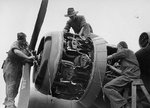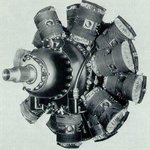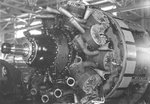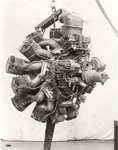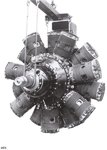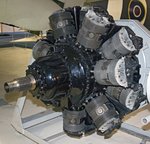mikec1
Banned
.
.
.
Greetings Guys Gals;
This is a small collection of photograph of the Bristol engines
that where used on the Beaufighter.
This is one or my favorite WW-II twin engine aircraft.
Hopefully these photos will be handy to the aircraft builders.
Enjoy,

A special Thanks ...... .... to AJ Press ..........
.... to AJ Press ..........

Mike
.
.
.
.
.
Greetings Guys Gals;
This is a small collection of photograph of the Bristol engines
that where used on the Beaufighter.
This is one or my favorite WW-II twin engine aircraft.
Hopefully these photos will be handy to the aircraft builders.
Enjoy,
A special Thanks ......
 .... to AJ Press ..........
.... to AJ Press .......... Mike
.
.
.
Attachments
Last edited:

